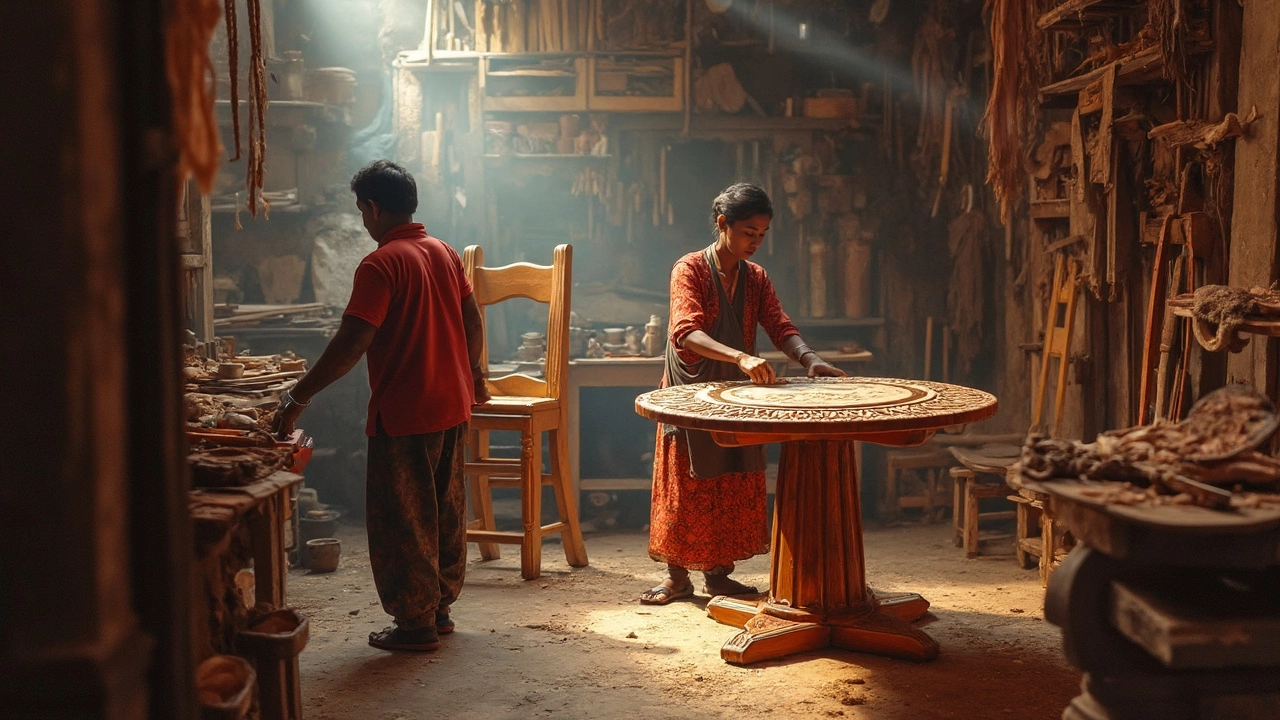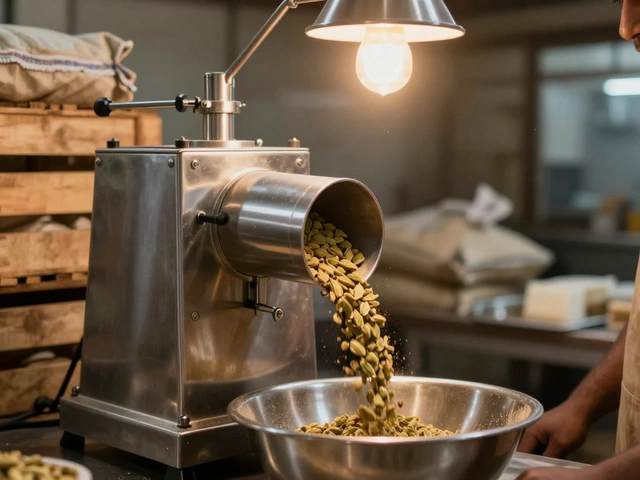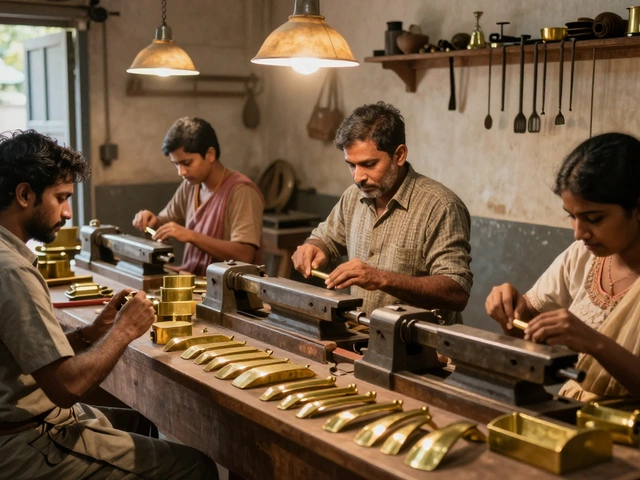Wooden Furniture: Trends, Production Tips, and Buying Advice
Wooden furniture never goes out of style, but the ways we make and use it keep changing. If you’re curious about what’s hot right now, how factories turn raw timber into a sofa or a dining table, or what to look for when you shop, you’re in the right place. In the next few minutes we’ll walk through the most useful facts without the jargon.
How Wooden Furniture Is Made Today
First, manufacturers start with the right wood. Hardwoods like teak, oak, and mango are popular because they hold up well and look great. Softwoods such as pine are cheaper and work for pieces that won’t take a lot of weight. The choice depends on the design and the price range you’re targeting.
After the wood is selected, it goes through a drying process called seasoning. This removes excess moisture and prevents future warping. Modern plants use large kilns that control temperature and humidity, cutting down drying time from months to weeks.
Next comes cutting and shaping. CNC (computer‑numerical‑control) machines read digital designs and cut pieces with pinpoint accuracy. This reduces waste and speeds up production. For more artisanal pieces, skilled carpenters still hand‑carve details, giving each item a personal touch.
Finishing is the part many people notice. A clear coat shows the natural grain, while stains can change the color to match interior trends. Eco‑friendly finishes made from water‑based chemicals are gaining ground because they emit fewer fumes.
Finally, the pieces are assembled, inspected, and packaged. Some factories use robotic arms for fast, repeatable assembly, but quality checks are still done by people. This mix of automation and human oversight helps keep prices competitive without sacrificing durability.
Choosing the Right Wooden Furniture for Your Space
When you’re shopping, start with the room’s purpose. A living‑room sofa needs sturdy legs and a strong frame, while a bedroom nightstand can be lighter. Think about the traffic the piece will see and pick a wood type that matches that wear level.
Don’t forget the finish. A matte finish hides scratches better, which is handy for families with kids. A glossy coat can make a small room feel bigger, but it shows dust more quickly.
Measure twice before you buy. Even a tiny miscalculation can mean the difference between a perfect fit and a piece that crowds the space. Write down the width, depth, and height you have available and compare it to the manufacturer’s specs.Sustainability matters more than ever. Look for certifications like FSC (Forest Stewardship Council) that guarantee the wood comes from responsibly managed forests. Many Indian manufacturers now label their products with these marks, making it easier to choose green options.
Price is always a factor. While solid wood can be pricey, engineered wood offers a good balance of strength and cost. It’s built from layers of wood veneers glued together, giving the look of solid timber without the high price tag.
Finally, test comfort if you can. Sit on a chair, lean on a table, and make sure the feel matches what you need. Online reviews can help, but nothing beats a quick try‑out before you commit.
Wooden furniture blends tradition with modern tech, giving you pieces that can last generations. By understanding how it’s made and what to look for, you’ll feel confident whether you’re buying for your home or a business. Happy hunting, and may your next wooden find be both beautiful and built to last.
Saharanpur: India's Hub for Timeless Wooden Furniture
Saharanpur, located in the Indian state of Uttar Pradesh, is famed for its exquisite wooden furniture. Known for intricate designs and high-quality craftsmanship, the city is a go-to destination for furniture enthusiasts. Local artisans utilize traditional techniques to craft everything from elegant tables to detailed cabinets. Besides aesthetics, the furniture from Saharanpur is celebrated for its durability and sustainability. Discover what makes Saharanpur a standout in the world of wooden furniture.
Read More




